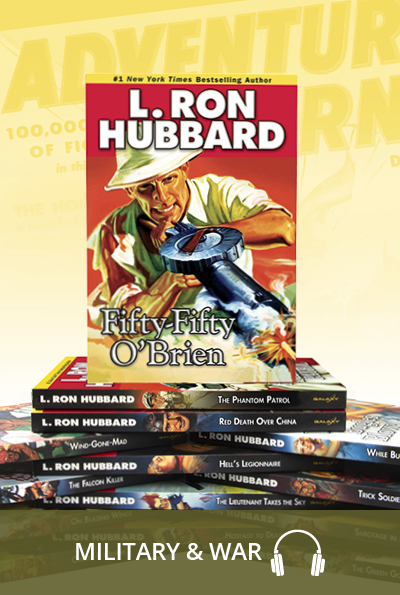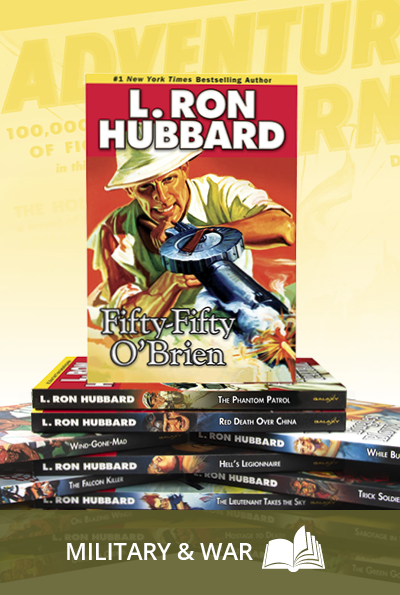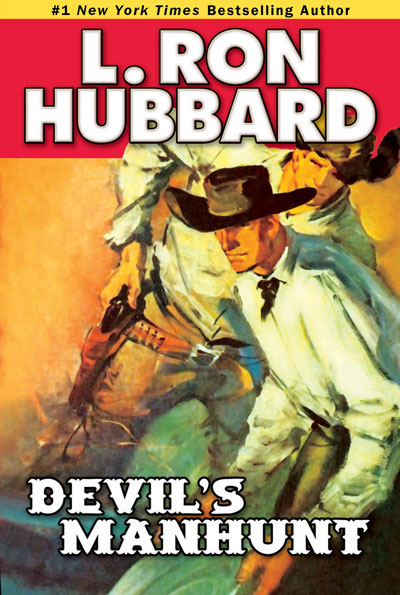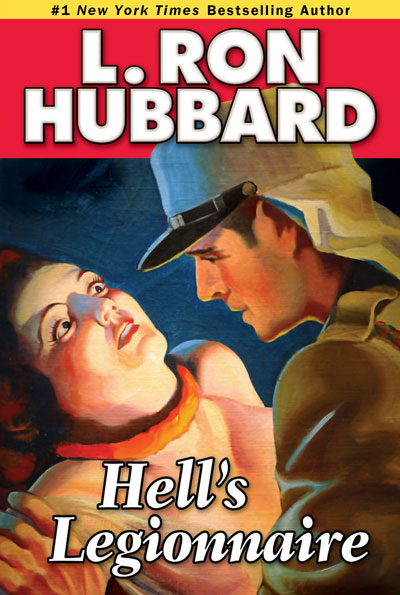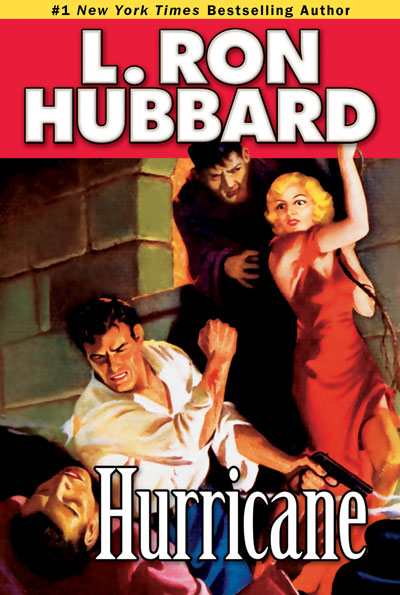Running off to join the French Foreign Legion used to be every boy’s dream of action and adventure. But for Lieutenant Bill Reilly—half Irish, half American—the dream has turned into a nightmare. And it all begins with the gruesome delivery of a severed hand.
The dead, gnarled fingers hold a message from the Berber chief Abd el-Ulad. He challenges the courage of the Legion soldiers and says he holds an American woman captive—who, if Reilly doesn’t come to her rescue, is next up for dismemberment. Reilly abandons his post guarding the trains and goes after her.
But it’s all a trick. In his absence, the railroad falls victim to a terrorist attack. But who set the trap and engineered the sabotage? Reilly is caught in a triangle of treachery as the French, Spanish and native Berbers vie for control. His fate—as well as that of the American woman—rests on his ability to escape a spider’s web of double- and triple-crosses and uncover the truth in a desert of deception.
* An International Book Awards Finalists
SAMPLE
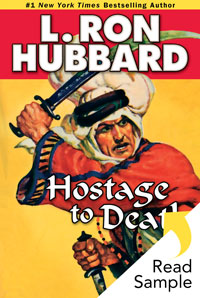
ABOUT THE AUTHOR
L. Ron Hubbard’s knowledge of the Berber raiders as well as of the Arab culture was comprehensive. As a young man, he traveled extensively, following and studying numerous nomadic cultures and tribes. Combining those insights with his experience operating everything from machine guns to field telephones in the Montana National Guard and Marine Corps Reserves, Mr. Hubbard brought unique authenticity to his tales of the Foreign Legion. His stories were so exceptional, he was sought after by the premier writers’ magazines of the time to write how-to articles—two of which appeared the same month that Hostage to Death was published.
Hostage to Death Glossary
Stories from the Golden Age reflect the words and expressions used in the 1930s and 1940s, adding unique flavor and authenticity to the tales. While a character’s speech may often reflect regional origins, it also can convey attitudes common in the day. So that readers can better grasp such cultural and historical terms, uncommon words or expressions of the era, the following glossary has been provided.
Abd el-Krim: (1882–1963) the Berber leader of the Rif, a Berber area of northeastern Morocco. He became the leader of a wide-scale armed resistance movement against French and Spanish colonial rule in North Africa. His guerilla tactics are known to have inspired others.
Atlas: Atlas Mountains; a mountain range in northwest Africa extending about fifteen hundred miles through Morocco, Algeria and Tunisia, including the Rock of Gibraltar. The Atlas ranges separate the Mediterranean and Atlantic coastlines from the Sahara Desert.
barbs: a breed of horses introduced by the Moors (Muslim people of mixed Berber and Arab descent) that resemble Arabian horses and are known for their speed and endurance.
bataillon pénal: (French) penal battalion; military unit consisting of convicted persons for whom military service was either assigned punishment or a voluntary replacement of imprisonment. Penal battalion service was very dangerous: the official view was that they were highly expendable and were to be used to reduce losses in regular units. Convicts were released from their term of service early if they suffered a combat injury (the crime was considered to be “washed out with blood”) or performed a heroic deed.
Berber: a member of a people living in North Africa, primarily Muslim, living in settled or nomadic tribes between the Sahara and Mediterranean Sea and between Egypt and the Atlantic Ocean.
bled: a prairie or treeless plain in northern Africa; countryside.
cacolets: (French) horse or mule litters for the transport of wounded.
call to colors: the ceremony of hoisting the national flag at 8:00 AM and of lowering it at sunset, the sounding of a bugle being part of each ceremony.
cantle: the raised back part of a saddle for a horse.
Casablanca: a seaport on the Atlantic coast of Morocco.
Chasseurs Alpins: (French) Alpine Hunters or Alpine Chasers; the mountain infantry and an elite unit of the French Army. They are trained to operate in mountainous terrain and in urban warfare.
djellaba: a long loose hooded garment with full sleeves, worn especially in Muslim countries.
en avant: (French) forward.
Fez: the former capital of several dynasties and one of the holiest places in Morocco; it has kept its religious primacy through the ages.
flintlock: a type of gun fired by a spark from a flint (rock used with steel to produce an igniting spark). It was introduced about 1630.
Franzawi: (Arabic) Frenchman.
G-men: government men; agents of the Federal Bureau of Investigation.
hard-boiled: tough; unsentimental.
High Atlas: portion of the Atlas Mountain range that rises in the west at the Atlantic coast and stretches in an eastern direction to the Moroccan-Algerian border.
hobnail: a short nail with a thick head used to increase the durability of a boot sole.
horns of Ramadan: the horns blown each morning during Ramadan, a sacred month in the Islamic faith.
Hudson Bay: a large inland sea in the northeast of Canada. On the east it is connected with the Atlantic Ocean and on the north with the Arctic Ocean.
Irish Guard: a military unit in the French Army composed of Irish exiles. It was formed in 1690 and for one hundred years served the French Army. In battle they won glory and highest honors for themselves and Ireland and the undying respect of friend and foe. When the Irish Guard was dissolved they were presented with a special flag from the French government bearing the Irish Harp embroidered with shamrocks and fleurs-de-lis and touted with honors for their service to France.
kamik: (Eskimo) a knee-high waterproof boot with a hard sole, made of sealskin.
la belle Légion: (French) the lovely Legion.
Lebel: a French rifle that was adopted as a standard infantry weapon in 1887 and remained in official service until after World War II.
Lee-Enfield: a standard bolt-action magazine-fed repeating rifle; the British Army’s standard rifle for over sixty years from 1895 until 1956, although it remained in British service well into the early 1960s and is still found in service in the armed forces of some Commonwealth nations.
Legionnaire: a member of the French Foreign Legion, a unique elite unit within the French Army established in 1831. It was created as a unit for foreign volunteers and was primarily used to protect and expand the French colonial empire during the nineteenth century, but has also taken part in all of France’s wars with other European powers. It is known to be an elite military unit whose training focuses not only on traditional military skills, but also on the building of a strong esprit de corps amongst members. As its men come from different countries with different cultures, this is a widely accepted solution to strengthen them enough to work as a team. Training is often not only physically hard with brutal training methods, but also extremely stressful with high rates of desertion.
Mannlicher: a type of rifle equipped with a manually operated sliding bolt for loading cartridges for firing, as opposed to the more common rotating bolt of other rifles. Mannlicher rifles were considered reasonably strong and accurate.
Mauser: a bolt-action rifle made by Mauser, a German arms manufacturer. These rifles have been made since the 1870s.
Meknes: a city in northern Morocco.
Melilla: a Spanish enclave (a country or part of a country mostly surrounded by or wholly lying within the boundaries of another country) on the Mediterranean Rif coast of North Africa, neighboring Morocco.
Mick: term for a person of Irish birth or descent.
mon Dieu: (French) my God.
Morocco: a country of northwest Africa on the Mediterranean Sea and the Atlantic Ocean. The French established a protectorate over most of the region in 1912, and in 1956 Morocco achieved independence as a kingdom.
musette: a small canvas or leather bag with a shoulder strap, as one used by soldiers or travelers.
old, my: used as a term of cordiality and familiarity.
PC: Post Command; military installation where the command personnel are located.
Riff or Riffian: a member of any of several Berber peoples inhabiting the Er Rif, a hilly region along the coast of northern Morocco. The Berber people of the area remained fiercely independent until they were subdued by French and Spanish forces (1925–1926).
route step: a normal pace in marching in which it is not necessary to march in step. Used mainly in the field when moving from place to place as a unit.
sacrebleu: (French) used as a mild oath to express surprise or annoyance.
Sacré nom d’un sacré chat bleu!: (French) Sacred name of a sacred blue cat!
Scheherazade: the female narrator of The Arabian Nights, who during one thousand and one adventurous nights saved her life by entertaining her husband, the king, with stories.
Senegalese: people of Senegal, on the western coast of Africa. Senegal was awarded to France in 1815 by the Treaty of Paris and became a French colony in 1895 as part of French West Africa, with full independence being won in 1960.
Shilha: the Berber dialect spoken in the mountains of southern Morocco.
sīdī: (Arabic) 1. an African Muslim holding a high position under a king. 2. used as a title of respect; sir; master.
Sidi-bel-Abbès: the capital of the Sidi-bel-Abbès province in northwestern Algeria. The city was developed around a French camp built in 1843. From 1931 until 1961, the city was the “holy city” or spiritual home of the French Foreign Legion, the location of its basic training camp and the headquarters of its first foreign regiment.
Snider: a rifle formerly used in the British service. It was invented by American Jacob Snider in the mid-1800s. The Snider was a breech-loading rifle, derived from its muzzle-loading predecessor called the Enfield.
Spahis: light cavalry regiments of the French Army recruited primarily from Algeria, Tunisia and Morocco.
St. Cyr: a community in the western suburbs of Paris, France. It used to host the training school for officers of the French Army.
tricolor: the French national flag, consisting of three equal vertical bands of blue, white and red.
Tuaregs: members of the nomadic Berber-speaking people of the southwestern Sahara in Africa. They have traditionally engaged in herding, agriculture and convoying caravans across their territories. The Tuaregs became among the most hostile of all the colonized peoples of French West Africa, because they were among the most affected by colonial policies. In 1917, they fought a vicious and bloody war against the French, but they were defeated and as a result, dispossessed of traditional grazing lands. They are known to be fierce warriors; European explorers expressed their fear by warning, “The scorpion and the Tuareg are the only enemies you meet in the desert.”
Vega: the fifth brightest of all stars and the third brightest in the northern sky.
Yukon Territory: the westernmost of Canada’s three territories, it is positioned in the northwest corner, bordering Alaska. Yukon is known as “the land of the midnight sun” because for three months in summer, sunlight is almost continuous. In winter, however, darkness sets in and the light of day is not seen for a quarter of the year.
Zephyrs: penal battalions for the French Foreign Legion; nickname given in Algeria to a corps that is recruited from the French Army, those who would not conform to discipline or who were criminals. This punishment, no matter its length, does not count in the term of military duty which the state requires.
zut: (French) damn.




